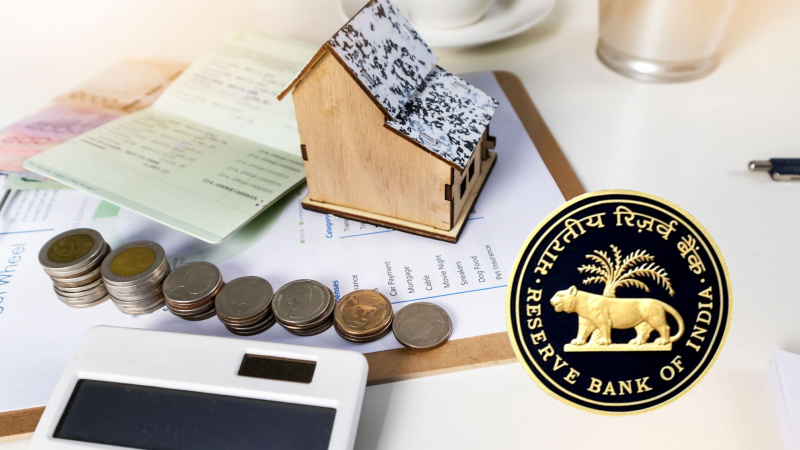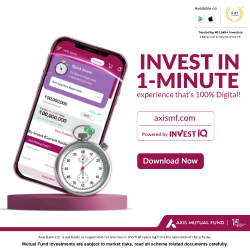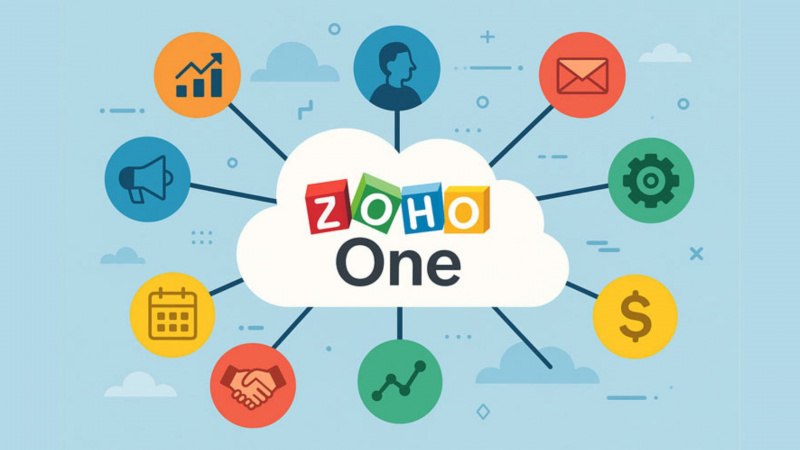How to Start an eCommerce Business: Your 2025 Roadmap
- by Anmol Chitransh 2025-05-12 07:35:55
Ready to break free from the 9-to-5 and build your own online empire? Kicking off an eCommerce business in 2025 means tapping into a booming global market—projected to top $8 trillion by 2027—and riding India’s surge toward a $325 billion eCommerce industry by 2030. Here’s how to turn your passion into profit, step by step.
.png)
1. Pick Your eCommerce Model & Bestseller
First, decide what you’ll sell and how you’ll deliver it. Four core models cover most ventures:
- B2C (Business-to-Consumer): Sell directly to shoppers—think fashion, gourmet treats, or home decor on your own ecommerce store.
- B2B (Business-to-Business): Supply bulk goods or services to other companies—ideal for wholesalers or niche industrial products.
- C2C (Consumer-to-Consumer): Build a marketplace where people trade used or handmade items—akin to OLX or Etsy.
- C2B
(Consumer-to-Business): Offer freelance skills or digital assets to
businesses via platforms like Upwork.
Next, nail down your delivery approach:
- D2C (Direct-to-Consumer): Own the entire process from factory to front door.
- Dropshipping: List products you don’t stock; your supplier ships on your behalf.
- White Label & Private Label: Brand generic goods (white) or commission custom products (private).
- Subscription: Curate recurring boxes—pet food, beauty samples, fresh produce—ideal for building loyal fans.
Zero in on an in-demand product you love, then carve out a niche audience eager to “sell to consumers” through your unique value.
2. Draft a Bulletproof Business Plan
Your plan is both blueprint and pitch deck. Cover:
- Market research: Who are your competitors? Where do gaps exist?
- Target audience: Demographics, shopping habits, pain points.
- Revenue streams: product sales, subscription fees, upsells.
- Marketing strategy: SEO-optimized content, paid ads, social media.
- Operations: order processing, inventory management, customer support.
- Finance: startup budget, pricing model, profit projections.
A well-written plan helps you stay on track and attracts investors if you seek outside capital.
3. Brand Yourself & Secure Your Digital Address
A memorable name and logo set you apart in a crowded online sales and services landscape. When choosing your business name:
- Keep it short, clear, and brandable.
- Verify domain availability and social handles.
- Check for trademark conflicts.
Once chosen, design a crisp logo, define your brand colors and tone of voice, and start weaving that identity across your ecommerce store, packaging, and marketing.
4. Build Your Online Store
You’ve narrowed in on your product and brand—now let’s bring your ecommerce store to life:
- Choose a platform: Shopify, WooCommerce, BigCommerce, or similar.
- Select a template that matches your brand vibe—clean, mobile-first, conversion-focused.
- Wireframe key pages: homepage, product pages, cart/checkout, About Us, Contact.
- Install essential apps/plugins: SEO toolkit, analytics, email marketing, live chat.
Populate your store with high-quality images, concise titles, and detailed descriptions that highlight benefits and specs.
5. Source Products & Tame Logistics
Whether you’re crafting goods in-house or buying from wholesalers, ensure you have enough stock to weather your launch buzz—think 2–3 months’ worth. Then lock down:
- Packaging: branded boxes, eco-friendly materials, protective inserts.
- Warehousing: your garage, third-party logistics (3PL), or dropshipper’s facilities.
- Shipping partners: compare rates from FedEx, Delhivery, Shiprocket, etc.
- Inventory management: real-time tracking to avoid oversells.
6. Go Live & Get Noticed
With your site polished and products in place, it’s launch day! Then:
- Track KPIs: traffic, conversion rate, average order value, cart abandonment.
- Experiment: A/B test headlines, product page layouts, email subject lines.
- Leverage multiple channels: SEO blogs, Google Ads, Facebook/Instagram shops, influencer tie-ups.
- Consider marketplaces: Amazon, Meesho, Flipkart can boost visibility for newcomers.
Always have a back-up plan for stockouts, shipping hiccups, or site downtime.
7. Budgeting Your Startup
Your costs will vary, but expect to invest in:
|
Expense Category |
Estimated Cost (INR) |
|
Business Registration |
₹2,500–7,000 |
|
Platform & Hosting |
₹699–1,499/month |
|
Domain Name |
₹9–1,000/year |
|
Initial Inventory |
₹10,000–50,000+ |
|
Packaging & Logistics |
Variable |
|
Marketing & Ads |
₹10,000–50,000+ |
|
Optional Staff/Outsource |
₹0–30,000+/month |
You can bootstrap, seek friends & family funding, or apply for a small business loan.
Pro Tips for eCommerce Success
- Start Lean: Launch with a handful of SKUs; refine based on what flies off the shelf.
- Stay Current: Monitor eCommerce trends—voice search, live commerce, AI chatbots.
- Build Community: Encourage reviews, user-generated content, loyalty rewards.
- Diversify: Balance B2C sales with B2B bulk orders or C2B freelance collaborations.
Your journey from dreamer to thriving online business owner starts today. Keep learning, stay agile, and celebrate each milestone—your future ecommerce empire awaits!
Also Read: Best Online Business Ideas: A Comprehensive Guide to Starting Your Digital Venture
FAQs
1. What’s the easiest eCommerce model for beginners?
Ans: Dropshipping offers low startup costs since you don’t hold inventory.
2. Do I need a legal business registration before selling online?
Ans: Yes—registering (e.g., as a sole proprietor) protects you and ensures compliance.
3. How much inventory should I stock initially?
Ans: Aim for 2–3 months of projected sales to handle launch demand without overstocking.
4. Which platform is best for a small ecommerce store?
Ans: Shopify and WooCommerce are beginner-friendly, scalable, and packed with plugins.
5. How can I drive traffic to my new online store?
Ans: Combine SEO-optimized blog content, social ads, influencer collaborations, and marketplace listings.
POPULAR POSTS
Pine Labs IPO 2025: Listing Date, Grey Market Premium, and Expert Outlook
by Shan, 2025-11-05 09:57:07
India’s Largest Unicorn Startups in 2025: Rankings, Valuations, and Trends
by Shan, 2025-09-18 10:32:48
Swiggy Launches Toing App in Pune to Serve Affordable Food Delivery — What It Means for the Market
by Shan, 2025-09-16 12:29:08
Trending Startup Ideas for 2025: Where Innovation Meets Opportunity
by Shan, 2025-09-05 11:56:43
19 Best Business Ideas to Start in India 2025: From Low Investment to High Demand
by Shan, 2025-09-03 10:58:15
Razorpay Business Model Explained: How the Fintech Giant Makes Money in India
by Shan, 2025-08-05 12:10:28
How CRED Reimagined Credit Card Rewards into a Billion-Dollar Fintech Empire
by Shan, 2025-08-04 12:28:03
RECENTLY PUBLISHED

Loan EMIs to Drop as RBI Slashes Repo Rate - Full MPC December 2025 Highlights
- by Shan, 2025-12-05 11:49:44

The Agentic Revolution: Why Salesforce Is Betting Its Future on AI Agents
- by Shan, 2025-11-05 10:29:23

Top 10 Insurance Companies in India 2026: Life, Health, and General Insurance Leaders Explained
- by Shan, 2025-10-30 10:06:42

OpenAI Offers ChatGPT Go Free in India: What’s Behind This Big AI Giveaway?
- by Shan, 2025-10-28 12:19:11

Best Silver Investment Platforms for 2025: From CFDs to Digital Vaults Explained
- by Shan, 2025-10-23 12:22:46





 Subscribe now
Subscribe now 